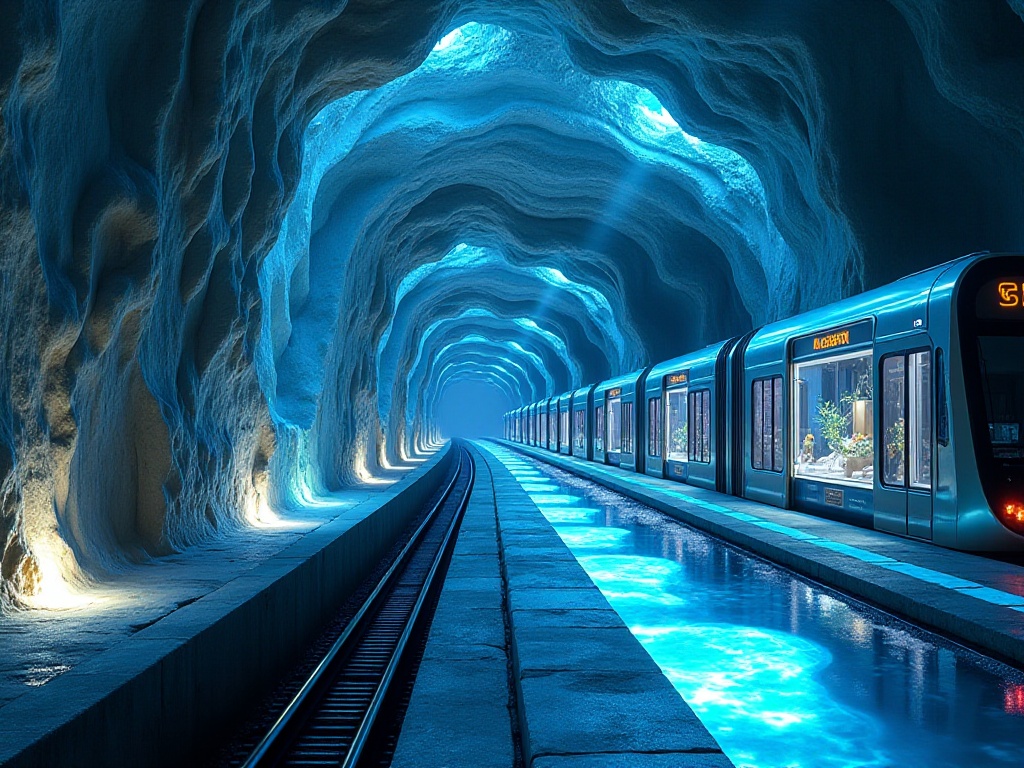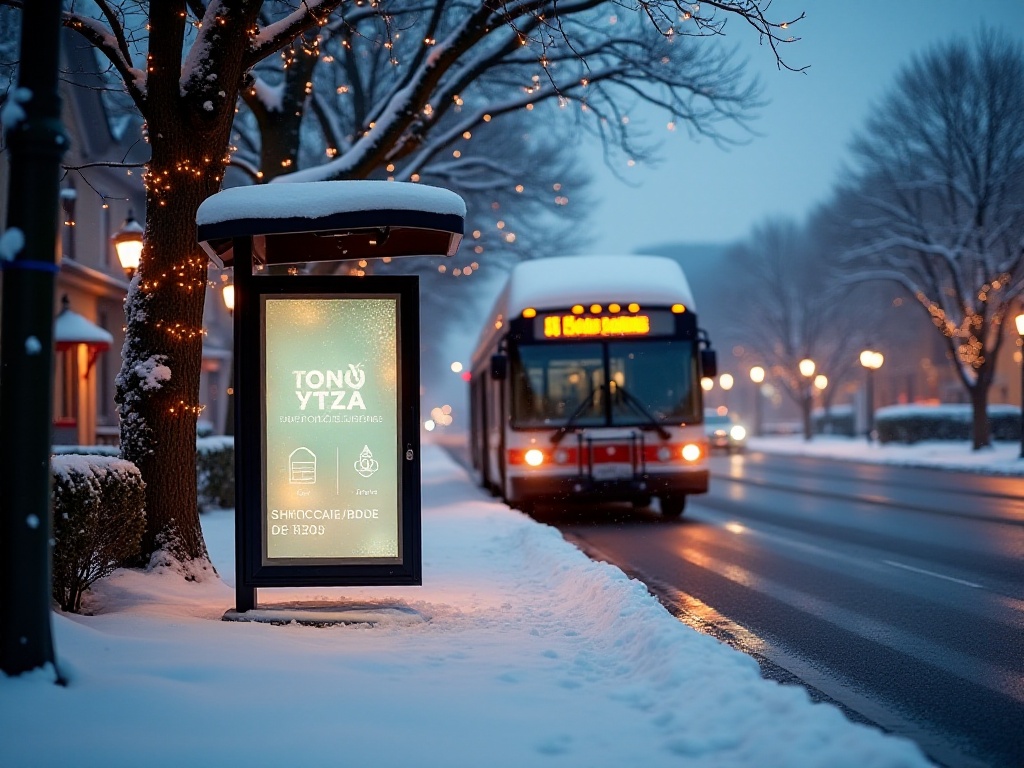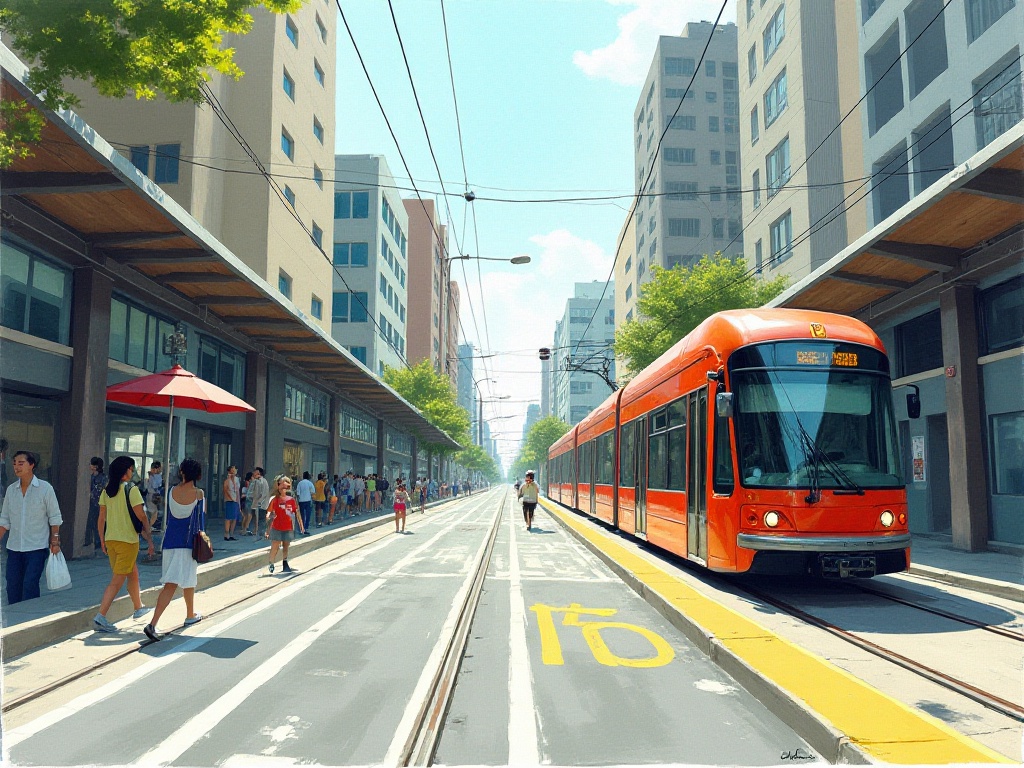Opening Reflections
The moment I stood in Tokyo's Shinjuku Station, my brain completely froze. The intricate route map looked like a giant spider web, with interweaving lines of various colors making me dizzy. The passenger flow was staggering - 3.5 million people daily, more than the entire population of my hometown. Watching the crowds passing by, I felt like a fallen leaf swept up in this sea of humanity.
The scale of Shinjuku Station was beyond my imagination, and just finding the correct exit could drive you crazy. I remember once wanting to visit the famous Kabukicho, but after wandering around the station for ages, I couldn't find the East exit. Standing in the underground passage, surrounded by hurrying office workers, I felt like a lost elementary school student.
First Experience
My first journey from Narita Airport to the city gave me a reality check. Standing in front of the ticket machine, I was dumbfounded. The screen was full of Japanese text, with overwhelming options making my head spin. NEX? Keisei Line? Or Limousine Bus? Each option seemed like a joke. Just as I was at a loss, a staff member in a crisp uniform approached.
This staff member was a lifesaver. Although his English wasn't very fluent, he successfully helped me buy a NEX ticket through simple words and gestures. Watching him explain earnestly, I suddenly felt that the language barrier wasn't so scary after all.
The NEX experience was perfect - spacious seats, clean carriages, and punctual departure. When the train slowly started moving, I finally understood what "not a minute late" meant. Looking through the window as Tokyo's streetscape came into view, an inexplicable sense of anticipation welled up inside me.
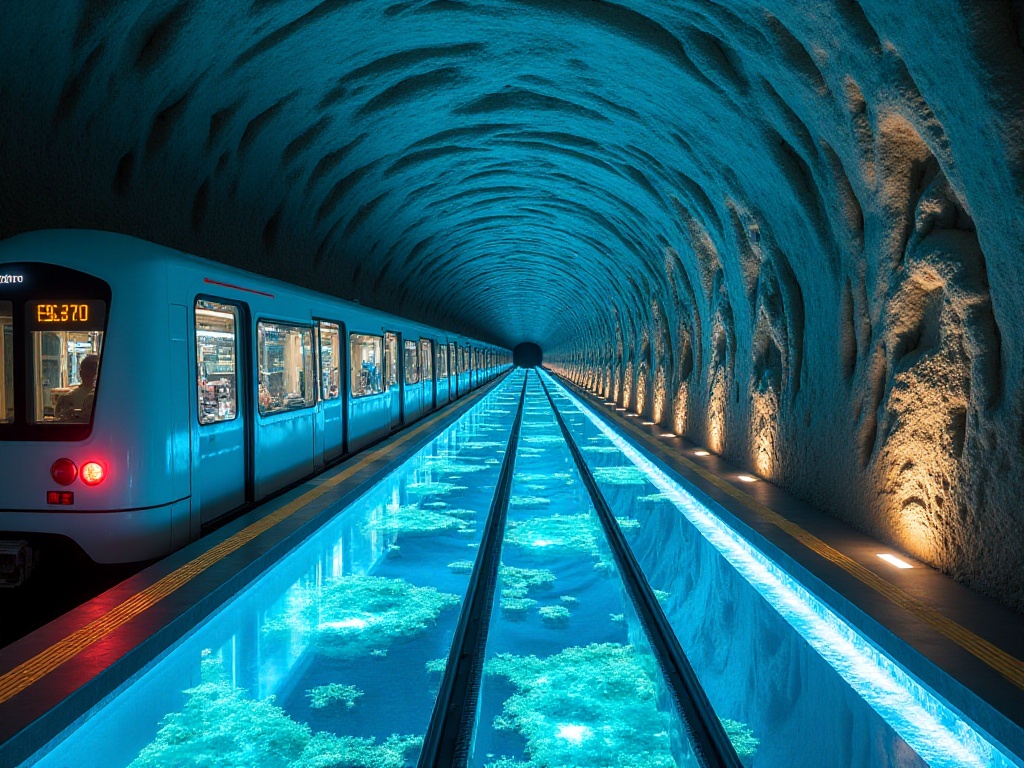
Subway Stories
Tokyo's subway stations are essentially underground cities with every facility imaginable. Shinjuku Station's underground shopping street is a shopping paradise with over 200 stores. From affordable UNIQLO to luxury boutiques, from convenience stores to Michelin-starred restaurants, it has everything. Sometimes I wonder if people treat the subway station as a mall.
Once, I completely lost my way in Shinjuku Station. For two hours, I wandered around like a headless fly, passing the same convenience store at least three times. Finally, I had to ask a station attendant for help. The gentleman was extremely patient, taking out a note paper and drawing a simple route map. Moreover, he personally guided me to the correct platform. This kind of thoughtful service is rarely found elsewhere.
The cleaning work at subway stations also left a deep impression on me. Every morning, I would see cleaning staff meticulously wiping handrails, walls, and even garbage bins. Their work attitude was like maintaining their own home. Once when I accidentally spilled my drink on the floor, before I could react, a cleaning lady had already arrived with a mop.
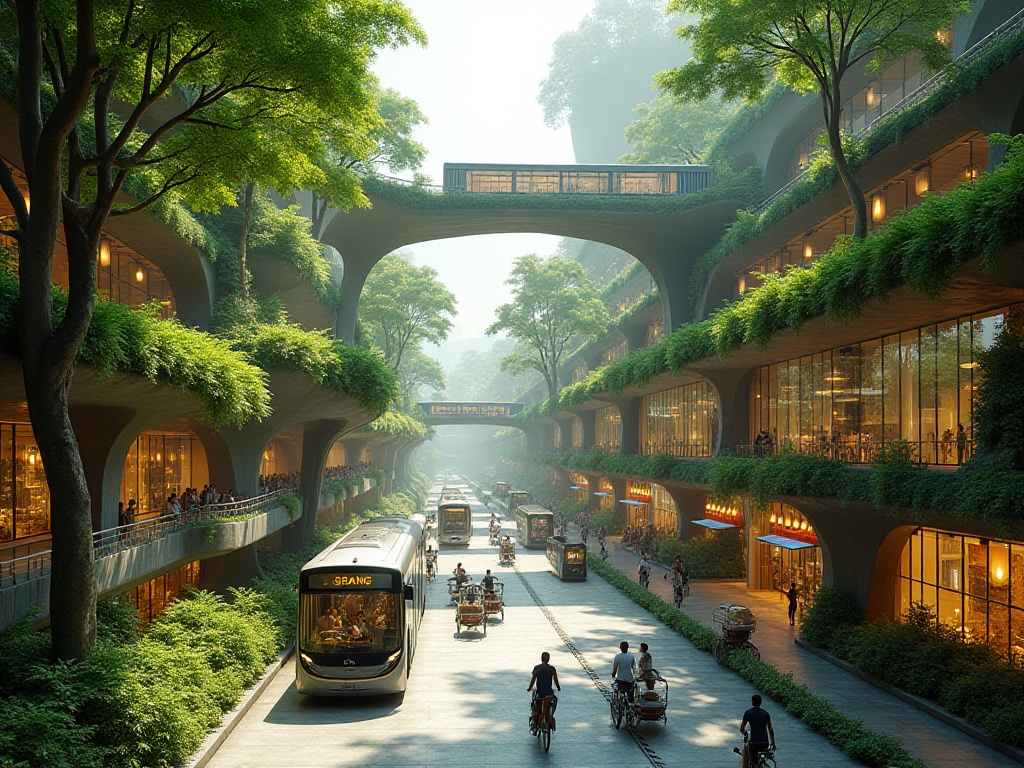
Culture Shock
Punctuality
In Tokyo, train punctuality reaches an almost ridiculous level. Once while riding the Yamanote Line, the train was 50 seconds late, and platform staff immediately bowed in apology. Such a scene is unimaginable in my country. More amazingly, locals treat train timetables as a standard for life.
I once asked a Japanese colleague working in Tokyo why they're so strict about time. He told me that in Japan, punctuality isn't just a habit, it's a responsibility. If trains are late, it could affect thousands of people's work and lives. This sense of responsibility is deeply rooted in every staff member's heart.
One morning, I deliberately arrived at the station half an hour early to observe the morning rush hour. To my surprise, even during the busiest period, trains maintained amazing punctuality. Platform staff, like conductors, used hand signals to guide passengers boarding and alighting orderly, ensuring every train departed on time.
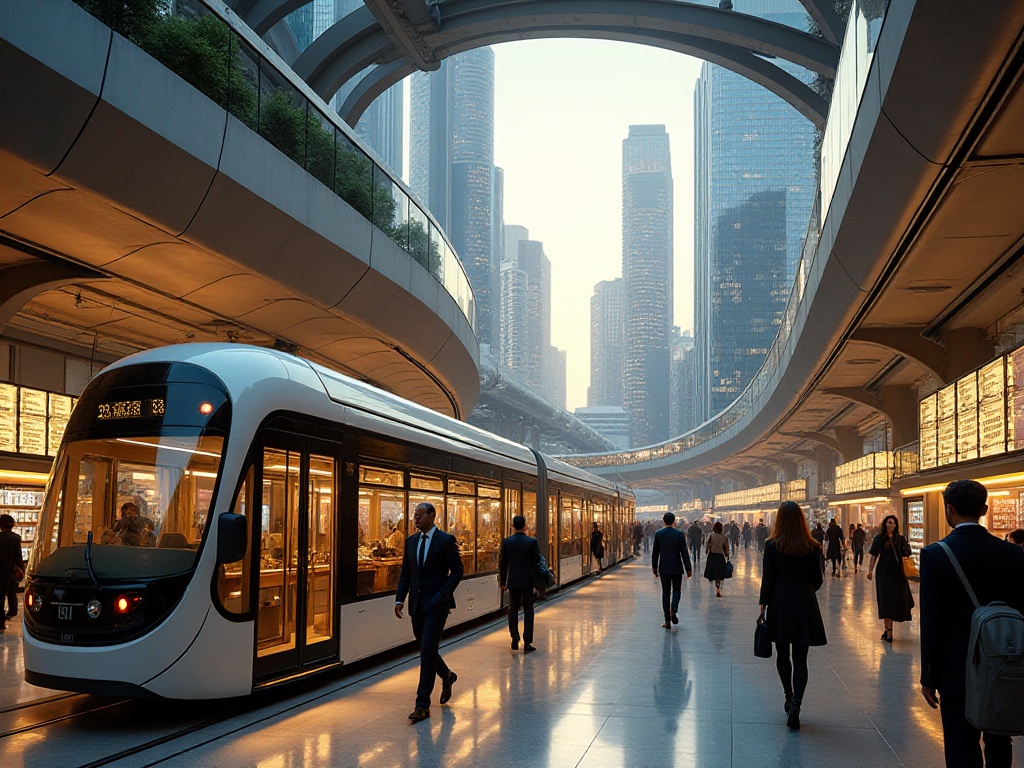
Order and Etiquette
Tokyo subway's order opened my eyes. Platform queuing lines aren't just for show - everyone naturally stands within them to wait. Even during the most crowded rush hours, people maintain surprising calm and order. No pushing, no rushing, as if everyone is performing an elegant dance.
What shocked me most was the quiet inside the carriages. During my month in Tokyo, I hardly ever heard loud talking. People either read books, played with phones, or rested with their eyes closed. This quietness wasn't forced but came naturally.
Once, I sneezed on the train, and people around immediately gave me strange looks. Later I learned that keeping quiet in public places is a sign of respect for others - this is the so-called "wa" culture. Everyone strives to maintain this harmonious atmosphere.
Transportation Experience
Convenient Facilities
Tokyo subway stations are like small cities. Beyond basic transportation functions, they're equipped with various user-friendly facilities. Baby care rooms, luggage storage, medical rooms - facilities that might require special trips elsewhere are standard here.
The completeness of accessibility facilities is particularly touching. Each platform has clear tactile paving, and elevators are abundant. Once I saw an elderly lady in a wheelchair wanting to board, and station staff immediately brought out a special ramp to help her board smoothly. This attention to detail shows respect for every passenger.
Rest areas are also thoughtfully designed. In some large stations, you can find comfortable seating areas with charging outlets. For people like me who often need to catch trains, these facilities are lifesavers. Once when my phone died and I was worried about checking routes, I found free charging lockers in the rest area.
Smart Technology
The convenience of the Suica card exceeded my expectations. This small card can be used not only for transportation but also at convenience stores, vending machines, and even some restaurants. Most amazingly, you can import the physical card into your phone, eliminating worries about losing it.
I particularly enjoyed using Suica to buy breakfast. Every morning while rushing to catch the train, I could quickly tap my card at the platform convenience store to buy hot rice balls and coffee. No need for cash or waiting for change - the efficiency was touching.
Reportedly, over 95% of passengers in the Tokyo area now use IC cards for travel. This number isn't surprising at all, because once you get used to this convenience, you never want to go back to queuing for tickets.
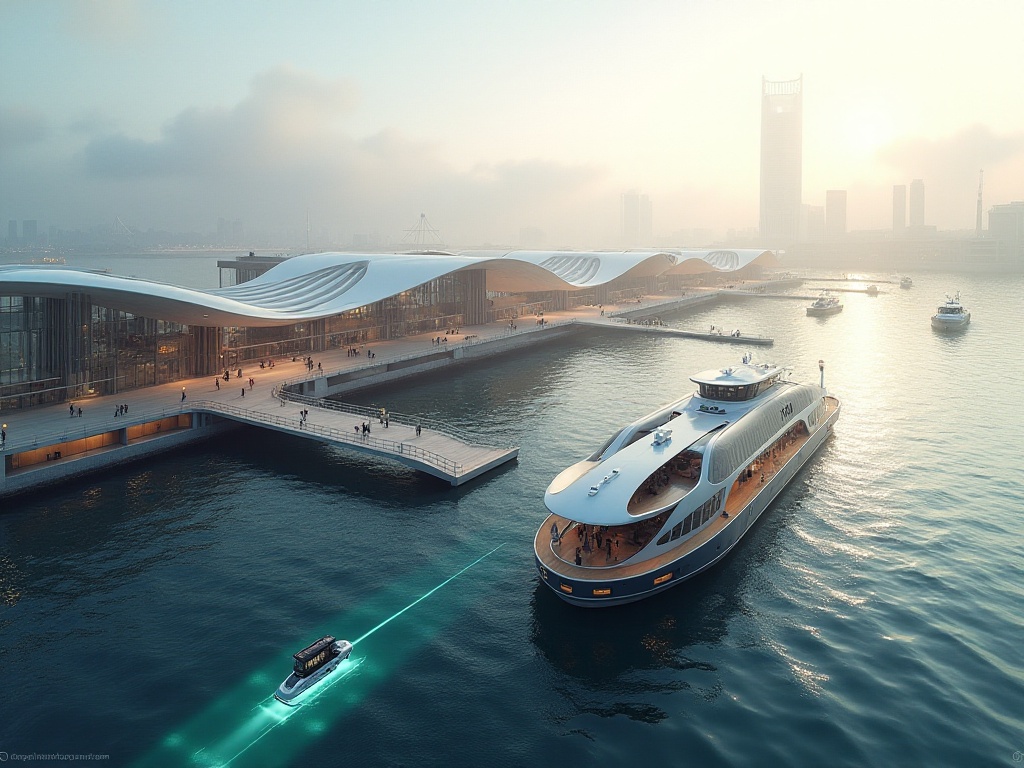
Deep Thoughts
This month in Tokyo completely changed my understanding of public transportation. An efficient transport system isn't just a means of travel, but a reflection of a city's civilization level. It involves everything from urban planning to social management, from cultural heritage to technological innovation.
The Tokyo Metropolitan Bureau of Transportation's data is shocking: average train punctuality rate of 99.9%, over 40 million passengers transported daily, yet an accident rate of just 0.001%. Behind these numbers lies the organizational capability of the entire society and citizens' collective consciousness. Everyone maintains this vast system's operation in their own way.
While observing crowds at subway stations, I often wondered: why do people here have such a strong sense of order? Perhaps it's due to education from childhood, perhaps social constraints, but more importantly, everyone realizes they're part of this system. One person's behavior can affect everyone else.
Insights and Reflections
On my last day, I specifically visited the Tokyo Metro Museum. From Meiji era steam trains to modern Shinkansen, from manual ticketing to smart payments, every step of progress is clearly visible. Looking at these exhibits, I suddenly understood: a city's transportation system is a microcosm of the city itself.
The museum has an interactive area simulating a train cockpit. Sitting in the driver's seat, looking at the tracks ahead, I suddenly felt a sense of mission. Every staff member uses their expertise and persistence to guard the pulse of this city.
We can learn so much from Tokyo's public transportation system. The spirit of craftmanship that makes every detail nearly perfect; the people-oriented service philosophy that makes every passenger feel warm; the civic consciousness of mutual understanding and maintaining social order that makes the entire system run so smoothly.
On the flight home, I was still thinking about this month's experience. Perhaps one day, when our cities can build such a transportation system, we'll truly understand: civilization isn't a distant concept, but the daily details of everyone's life.


